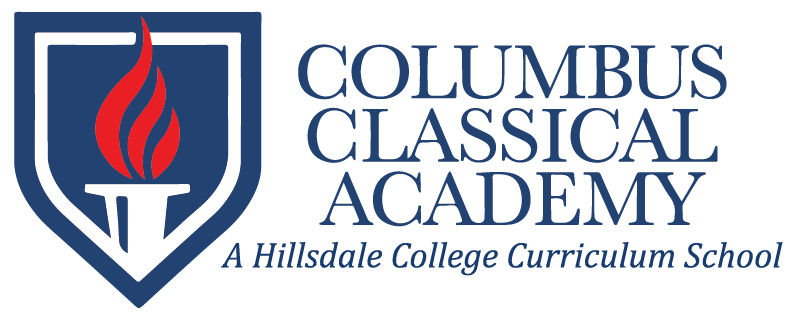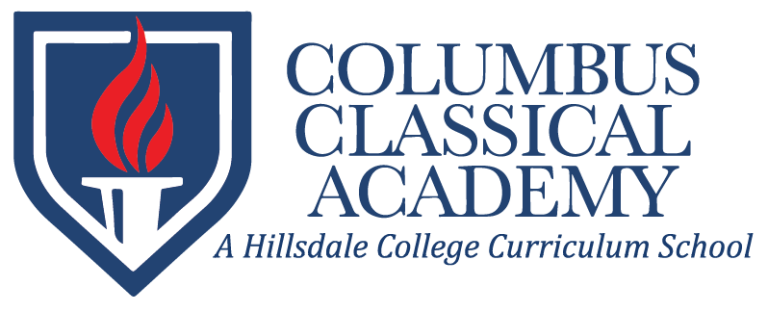Curriculum
Curriculum from Hillsdale College
Columbus Classical Academy is a Hillsdale College Curriculum School, a distinction that offers our school access to a tried and true K-12 Curriculum from the Hillsdale College K-12 Education Office.
About Hillsdale
Hillsdale College was founded to provide the kind of sound learning necessary to preserve the blessings of liberty. For over 175 years, it has offered an outstanding liberal arts education for undergraduate students. Restoring excellence to American K-12 education is a natural extension of the College’s mission, and Hillsdale has been helping K-12 schools for over three decades.
Hillsdale teaches K-12 schools to provide an education that is both classical and American in its orientation; one that is rooted in the liberal arts and sciences, offers a firm grounding in civic virtue, and cultivates moral character.
Hillsdale’s curriculum, contained in the Hillsdale College K-12 Program Guide, is available to CCA at no cost; it is made possible by the generous support of friends of Hillsdale College.
Helpful Links
For more information about Hillsdale College support for schools like Columbus Classical Academy, visit k12.hillsdale.edu.

